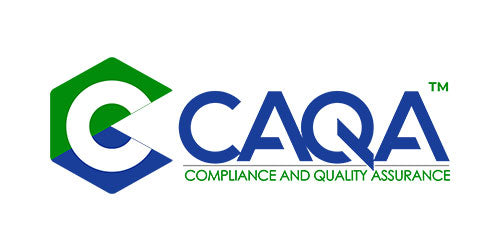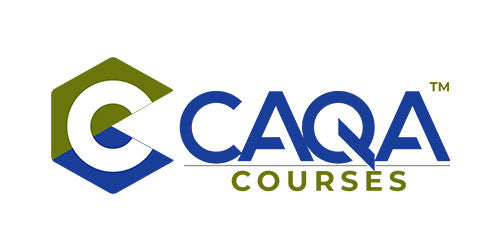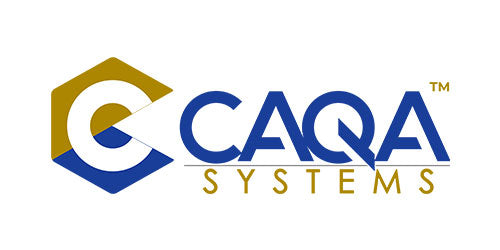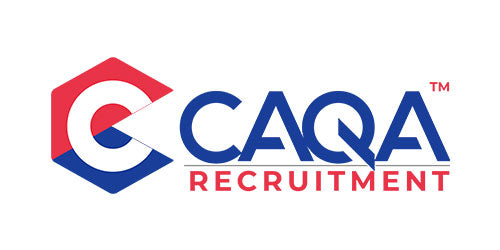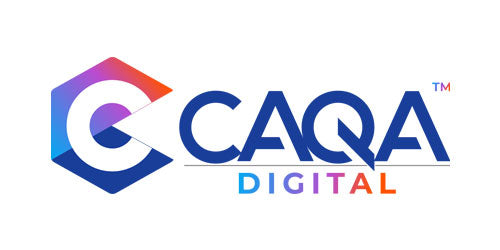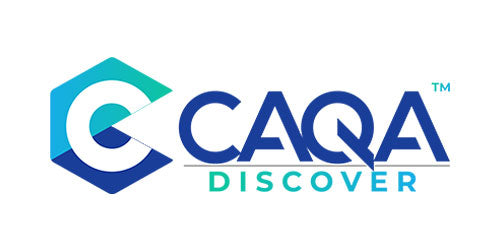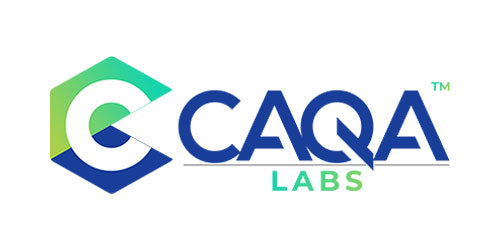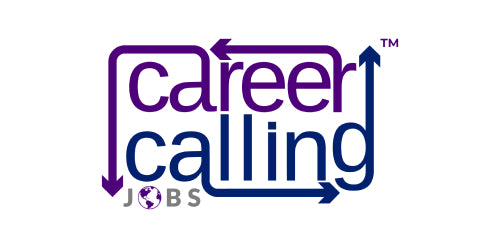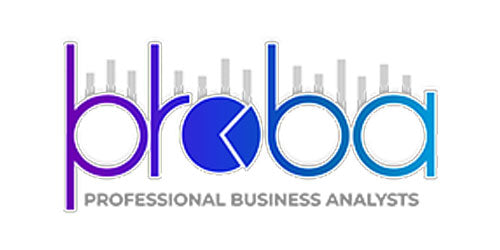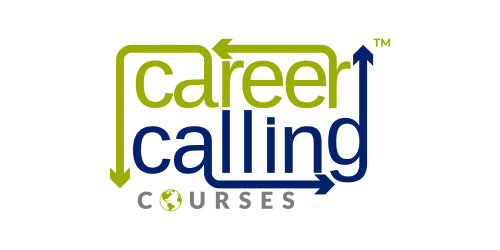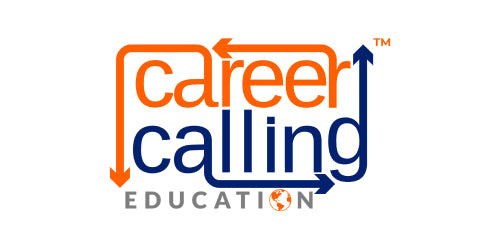In the dynamic landscape of Vocational Education and Training (VET), Competency-Based Training (CBT) emerges as a transformative approach that places the learner at the centre of the learning process. Rooted in the philosophy of "learning by doing," CBT focuses on developing the specific skills and knowledge required for a particular occupation, ensuring that graduates are work-ready and equipped with the practical competencies demanded by industry.
This comprehensive article delves into the core principles, benefits, implementation, and assessment methods of CBT, shedding light on its significance in shaping a skilled and adaptable workforce. Whether you are a learner, educator, employer, or policymaker, understanding the nuances of CBT is crucial for navigating the ever-evolving world of VET and harnessing its potential to drive individual and organisational success.
Understanding the Core Principles of CBT:
- Focus on Competency: The fundamental principle of CBT is its unwavering focus on competency, which refers to the ability to perform tasks or activities to the standards expected in the workplace. Unlike traditional education models that prioritise theoretical knowledge, CBT emphasises the practical application of skills, ensuring that learners can demonstrate their proficiency in real-world scenarios.
- Learner-Centered Approach: CBT places the learner at the heart of the learning process, recognising their unique needs, learning styles, and prior experiences. This learner-centred approach empowers individuals to take ownership of their learning journey, set their own pace, and receive personalised support to achieve their learning goals.
- Flexible Learning: CBT embraces flexibility, offering learners multiple pathways to acquire and demonstrate competency. Whether through formal training, on-the-job experience, or recognition of prior learning (RPL), individuals can choose the most suitable learning method that aligns with their circumstances and preferences.
- Continuous Assessment: Unlike traditional assessment methods that rely on summative exams, CBT employs continuous assessment to monitor learner progress and provide timely feedback. This ongoing evaluation allows learners to identify their strengths and weaknesses, receive targeted support, and make necessary adjustments to their learning strategies.
- Industry Relevance: CBT is deeply rooted in industry needs, ensuring that learners acquire the skills and knowledge that are directly applicable to their chosen occupation. By collaborating with industry experts and aligning training with current workplace practices, CBT bridges the gap between education and employment, producing graduates who are job-ready and equipped to contribute meaningfully to the workforce.
Benefits of CBT:
- Enhanced Employability: By focusing on practical skills and workplace competencies, CBT equips learners with the capabilities that employers value. This direct link between education and employment enhances the employability of CBT graduates, making them attractive candidates for job opportunities in their chosen field.
- Personalised Learning: CBT recognises the diversity of learners and tailors the learning experience to meet individual needs. This personalised approach fosters engagement, motivation, and a sense of ownership, enabling learners to progress at their own pace and achieve their full potential.
- Flexible Learning Pathways: CBT's flexibility allows learners to choose the most suitable learning method and pathway that aligns with their personal and professional commitments. Whether through full-time, part-time, or online study, individuals can pursue their learning goals without compromising other aspects of their lives.
- Recognition of Prior Learning (RPL): CBT acknowledges the value of prior learning and experience, allowing individuals to gain credit for skills and knowledge acquired outside of formal education settings. RPL not only accelerates the learning process but also recognises the diverse pathways through which individuals can acquire competency.
- Industry-Ready Graduates: By collaborating with industry and aligning training with workplace practices, CBT produces graduates who are well-prepared for the demands of the workforce. This industry relevance ensures that graduates possess the skills, knowledge, and confidence to seamlessly transition into their chosen occupation and contribute effectively from day one.
Implementing CBT:
- Identifying Competencies: The first step in implementing CBT is to identify the specific competencies required for a particular occupation. This involves collaborating with industry experts, analysing job tasks, and developing clear performance criteria that define the expected standards of performance.
- Designing Learning Experiences: Once competencies are identified, learning experiences are designed to facilitate the acquisition and demonstration of those competencies. This may involve a combination of formal training, on-the-job experience, simulations, projects, and other learning activities that provide opportunities for learners to apply their knowledge and skills in practical settings.
- Providing Support and Guidance: Throughout the learning process, learners receive ongoing support and guidance from qualified trainers or assessors. This support may include feedback on performance, individualised learning plans, mentoring, and access to resources that facilitate learning and skill development.
- Assessing Competency: CBT employs a variety of assessment methods to evaluate learner competency. This may include practical demonstrations, observations, portfolios, projects, written assignments, and oral presentations. The assessment process is designed to be rigorous, fair, and aligned with industry standards, ensuring that learners can demonstrate their proficiency in the required competencies.
- Recognising and Certifying Competency: Once learners have demonstrated competency in the required areas, they are recognised and certified, often through the issuance of a nationally recognised qualification or statement of attainment. This recognition provides learners with tangible evidence of their skills and knowledge, enhancing their employability and career prospects.
Assessment Methods in CBT:
- Practical Demonstrations: Practical demonstrations involve learners performing tasks or activities in a simulated or real-world environment. Assessors observe the learner's performance, evaluate their skills and knowledge, and provide feedback on their ability to meet the required standards.
- Observations: Observations involve assessors observing learners in the workplace or during training activities. This allows assessors to gather evidence of the learner's ability to apply their skills and knowledge in practical settings and to evaluate their overall competency.
- Portfolios: Portfolios are collections of evidence that learners compile to demonstrate their competency. This evidence may include work samples, projects, reflections, testimonials, and other documents that showcase the learner's skills, knowledge, and achievements.
- Projects: Projects involve learners completing a complex task or activity that requires the application of multiple competencies. Assessors evaluate the learner's ability to plan, execute, and complete the project, as well as their ability to demonstrate the required skills and knowledge.
- Written Assignments: Written assignments assess the learner's ability to research, analyse, and communicate information related to their chosen occupation. Assessors evaluate the learner's understanding of key concepts, their ability to apply theoretical knowledge to practical situations, and their written communication skills.
- Oral Presentations: Oral presentations assess the learner's ability to communicate information effectively in a verbal format. Assessors evaluate the learner's presentation skills, their ability to articulate their ideas clearly, and their understanding of the topic being presented.
Competency-Based Training (CBT) stands as a powerful and transformative approach in the realm of Vocational Education and Training (VET). By focusing on practical skills, personalised learning, and industry relevance, CBT empowers learners to acquire the competencies needed to thrive in the workforce.
As the landscape of work continues to evolve, CBT's adaptability and focus on lifelong learning make it an invaluable tool for individuals seeking to upskill, reskill, or embark on new career paths. By embracing CBT and its core principles, learners, educators, employers, and policymakers can collectively contribute to the development of a skilled, adaptable, and future-ready workforce.


























